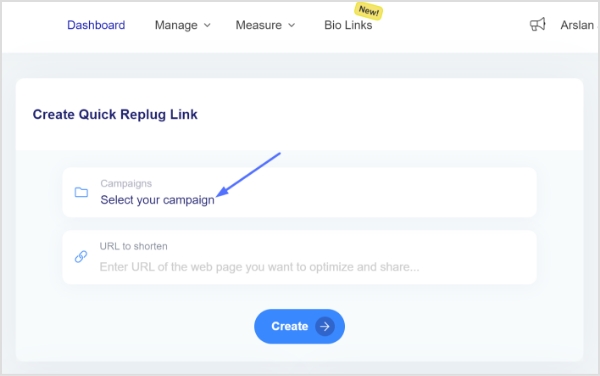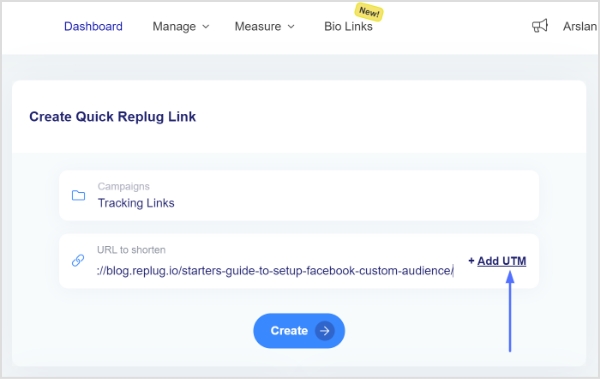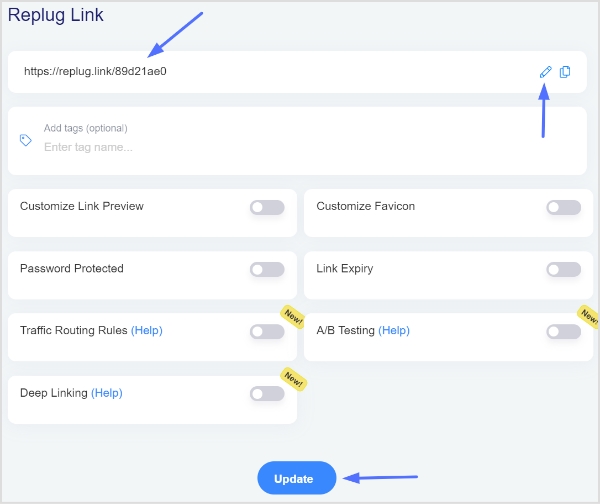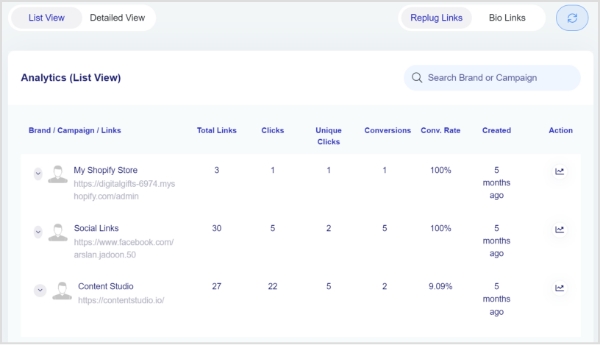Welcome to the world of tracking links, where data meets marketing magic! Picture this: you launch a marketing campaign and want to know how well it’s performing, right down to the tiniest detail. That’s where tracking links come in, your very own digital detectives.
Imagine being able to track every click, every conversion, and every customer journey, all with a few simple tweaks. Whether you’re a seasoned marketer or just dipping your toes into the digital realm, understanding how to create tracking links is the key to unlocking your campaign’s full potential. From small businesses to big-budget campaigns, everyone can benefit from the power of tracking links.
So buckle up, because we’re about to embark on an adventure that will transform your marketing game. Get ready to track, analyze, and optimize like never before. Let’s dive in and discover the art of creating tracking links that will take your marketing efforts to extraordinary heights!
What is a tracking link?
A tracking link or tracking URL is a specially crafted URL that includes additional parameters to track and gather data about user interactions. It is used in online marketing to monitor the effectiveness of various campaigns, channels, and promotional activities.
When you create a tracking link, you add specific tags or parameters to the URL that provide valuable information to the analytics tool. These tags allow you to track metrics such as the source of the traffic, the medium through which visitors arrived, the campaign that led them there, and other relevant data points.
By using tracking links, you can gain insights into crucial marketing metrics such as click-through rates, conversion rates, user behavior, and the overall success of your campaigns. This data empowers you to make informed decisions, optimize your marketing strategies, and allocate resources more effectively.
Also read: What is a Tracking URL and How Does it Work?
How Tracking Links work?
Tracking links work by appending unique parameters to the URL, which enables the collection of data when users interact with the link. These parameters, often referred to as UTM parameters or tags, are added to the URL query string.
The most common UTM parameters used in tracking links are:
- Source: Identifies the specific traffic source, such as a search engine, social media platform, or website.
- Medium: Indicates the medium through which the traffic is coming, such as email, organic search, paid advertising, or referral.
- Campaign: Specifies the name of the marketing campaign or promotion associated with the link.
- Content: Allows you to differentiate between different versions or elements of the same link, such as multiple ads or CTAs within a campaign.
- Term: Primarily used in paid search campaigns, it helps identify the specific keywords or terms associated with the link.
When a user clicks on a tracking link, the web browser sends a request to the server, including the URL with the appended UTM parameters. The server then logs and stores this data, which can later be analyzed using analytics tools.
By examining the collected data, you can track the number of clicks, the sources of traffic, the conversion rates, and other important metrics. This information enables you to evaluate the performance of your marketing efforts, determine which channels or campaigns are most effective, and make data-driven decisions to optimize future campaigns.
Also read: How to add UTM parameters?
Comparing Link Tracking Tools: Replug vs. Bitly – Make an Informed Choice
Replug and Bitly are two link-tracking tools with unique offerings.
Bitly is the go-to choice for straightforward link shortening and basic analytics. It’s user-friendly, and perfect for individuals and businesses of all sizes who want to track link clicks effortlessly.
Replug takes link tracking to the next level. It not only shortens and tracks links but also offers advanced features like call-to-action overlays, lead generation forms, and retargeting. Replug is your secret weapon if you’re serious about boosting engagement and driving conversions.
So, whether you’re looking for simplicity or a comprehensive toolkit, both Replug and Bitly have got you covered. It’s time to choose the perfect link-tracking companion for your marketing journey.
Also read: 6 ways brands can use Replug to strengthen the customer’s journey
How to create tracking links using Replug?
Creating tracking links using Replug is a simple and straightforward process. Here’s a step-by-step guide:
Step 1: Sign in to your Replug account.
If you don’t have one, sign up for an account here: Register Your Account | Replug.

Step 2: Set up your campaign.
You can create a new campaign or pick an existing one from the Replug dashboard. A campaign helps you organize and track your links based on specific marketing initiatives.

Also read: How to Create Tiny URL: Step-by-Step Guide
Step 3: Generate a new tracking link.
Enter the link to be tracked in the “URL to shorten” field under “Select your campaign”.

Step 4: Add UTM parameters (optional).
If you want to track additional information about your link’s performance, such as the source, medium, campaign, etc., you can add UTM parameters. Replug provides an interface where you can easily add these parameters and specify their values.

Also read: Affiliate Link Tracking To Optimize Your Earnings
Step 5: Customize the tracking link (optional).
Replug allows you to customize the appearance of your tracking link. You can edit the slug or the part of the URL that comes after the main domain to make it more branded and recognizable.

Step 6: Share your tracking link.
Once you’ve configured the desired settings, click the “Update” button to generate your tracking link. Replug will provide you with a unique URL that includes the tracking code and any customization you’ve applied. Copy this link and use it in your marketing materials, social media posts, emails, or any other channels where you want to track user interactions.
Step 7: Track and analyze your link’s performance.
You can monitor and analyze the performance of your tracking links. Gain insights into click-through rates, engagement, conversions, and other key metrics to evaluate the effectiveness of your campaigns. Use this data to optimize your marketing strategies and achieve better results.

With Replug, creating and tracking links becomes a breeze. Follow these steps, and you’ll be well on your way to gaining valuable insights and maximizing the impact of your marketing efforts.
Also read: UTM Tracking Through Replug
FAQs
What metrics can I track with tracking links?
Tracking links provide a range of metrics to measure the performance of your marketing campaigns. Key metrics include click-through rates (CTR), conversion rates, engagement levels, traffic sources, geographic data, and more. These insights help you understand user behavior, identify high-performing channels, and make data-driven decisions to optimize your marketing strategies.
How do tracking links contribute to my marketing ROI?
Tracking links play a vital role in measuring and improving marketing ROI. By analyzing the performance of tracking links, you can identify which campaigns, channels, or strategies are generating the highest return on investment. This allows you to allocate your marketing budget effectively, focus on successful tactics, and optimize underperforming areas to maximize your ROI.
Can I use tracking links for social media marketing?
Absolutely! Tracking links are highly effective for social media marketing. You can generate custom tracking links for each social media platform, campaign, or even individual post. By tracking link clicks and conversions, you can gauge the impact of your social media efforts, identify popular content, and refine your social media strategy to drive engagement and achieve your marketing goals.
Are there any best practices for using tracking links?
Yes, here are some best practices for using tracking links:
Use descriptive and concise link labels.
- Ensure that your tracking links are properly tagged with UTM parameters for accurate campaign tracking.
- Test your tracking links before deploying them in live campaigns.
- Regularly monitor and analyze the performance of your tracking links to make data-driven optimizations.
- Keep your tracking links organized by using campaign or channel-specific naming conventions.
Trending:
Campaign Tracking: Data-Driven Tools for Marketers
What is a Vanity URL and Why You Need One?
How to shorten my URL link using a URL shortener?
URL Hijacking Uncovered: A Complete Guide to Protecting Your Online Presence
































